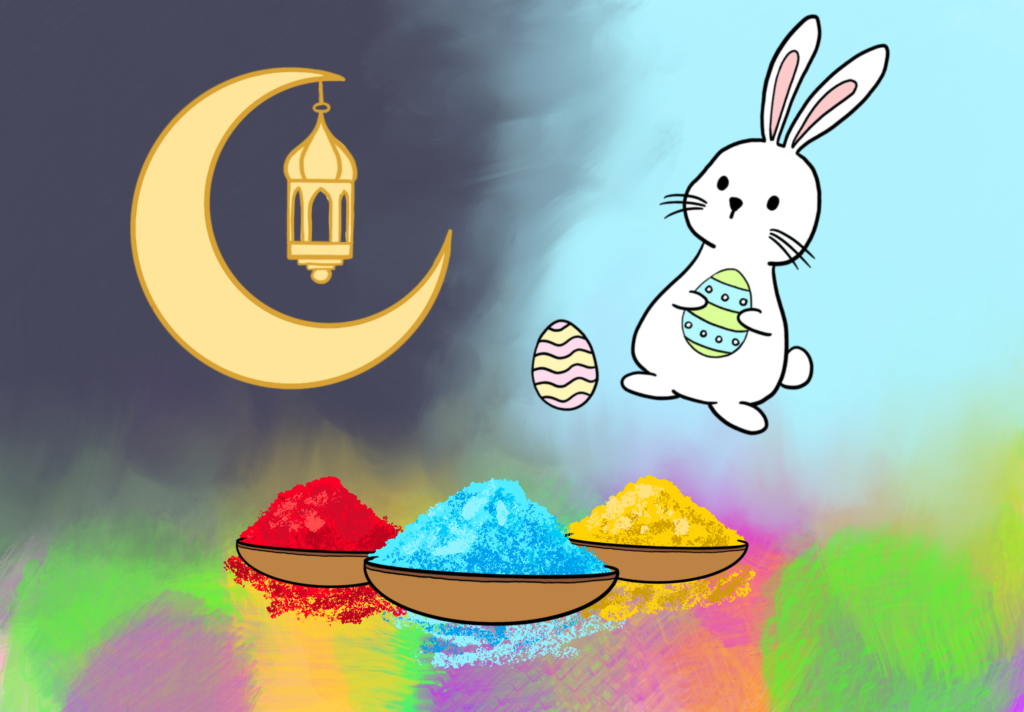Last Monday, the nation honored Dr. Martin Luther King, Jr. and his enormous contributions to the civil rights movement. On campus, the Choate community celebrated his ideas and beliefs through its annual Diversity Day program. Many Choate students, however, may be surprised to discover that this pivotal figure of American history spent two summers working in tobacco fields only 40 miles north of campus.
The year was 1944, and the nation had been fighting in World War II for three years. Many men of Dr. King’s generation had enlisted in the armed services. Schools, factories, and companies faced a shortage of workers. To fill classrooms, Morehouse College, an all-male, historically black college in Atlanta, Ga., offered admission to any high-school junior who could pass its entrance exam. At age 15, Dr. King passed the exam and enrolled at Morehouse. The summer before he matriculated, Dr. King and several other Morehouse students traveled north to Simsbury, Conn., northwest of Hartford, to work for the Cullman Brothers, a tobacco company that was facing a labor shortage.
The relationship between Morehouse and the Cullman Brothers was simple. Morehouse would supply the Cullman Brothers with labor, and Morehouse students would experience life in a non-segregated society. The Cullman Brothers would pay for the students’ train fare, and the students’ salaries would help offset the cost of their college tuition and housing.
Work in the tobacco fields was not easy. Every weekday, the students woke up at six o’clock and worked in the fields until early evening, with few breaks in between. According to the Simsbury Historical Society, “The work was hot and exhausting as they worked under the gauze tents, which held in the humidity and kept out any cooling breezes.” After an 11-hour workday, the workers ate dinner in a communal dining hall, and had a few hours of recreation before a ten o’clock curfew.
Although the difficult work exhausted the Morehouse students, their weekends in Simsbury served as a cherished respite from the drudgery of the fields and the segregation of the South. On Friday nights, Dr. King was free to watch a movie at the Eno Memorial Hall or buy a milkshake from Doyle’s Drug Store, a white-owned business that would not have served him in the South. On Saturdays, the students often visited Hartford, where they could shop, attend musicals, or dine in non-segregated restaurants. In a letter to his mother during his time in Simsbury, Dr. King wrote, “Yesterday we didn’t work so we went to Hartford. We really had a nice time there. I never thought that a person of my race could eat anywhere, but we ate in one of the finest restaurants in Hartford.” Sundays were for religion. Most students attended one of Hartford’s black churches, but others worshipped in white churches in Simsbury.
Dr. King would return to Simsbury in 1947 to spend one more summer working for the Cullman Brothers. During this interlude, Dr. King decided to become a Baptist minister, an important step in his journey to civil rights activism. The contrast between life in the North and in the South expanded his understanding of segregation’s wickedness. In Stride Toward Freedom, his memoir of the Montgomery bus boycott, published in 1958, he wrote, “The first time I was seated behind a curtain in a dining car, I felt as if the curtain had been dropped on my selfhood….I could never adjust to the separate waiting rooms, separate eating places, separate restrooms, partly because the separate was always unequal, and partly because the very idea of separation did something to my sense of dignity and self-respect.”
Dr. King never visited Simsbury again, but his time there left a lasting impact on his ideas, opinions, and dreams.


